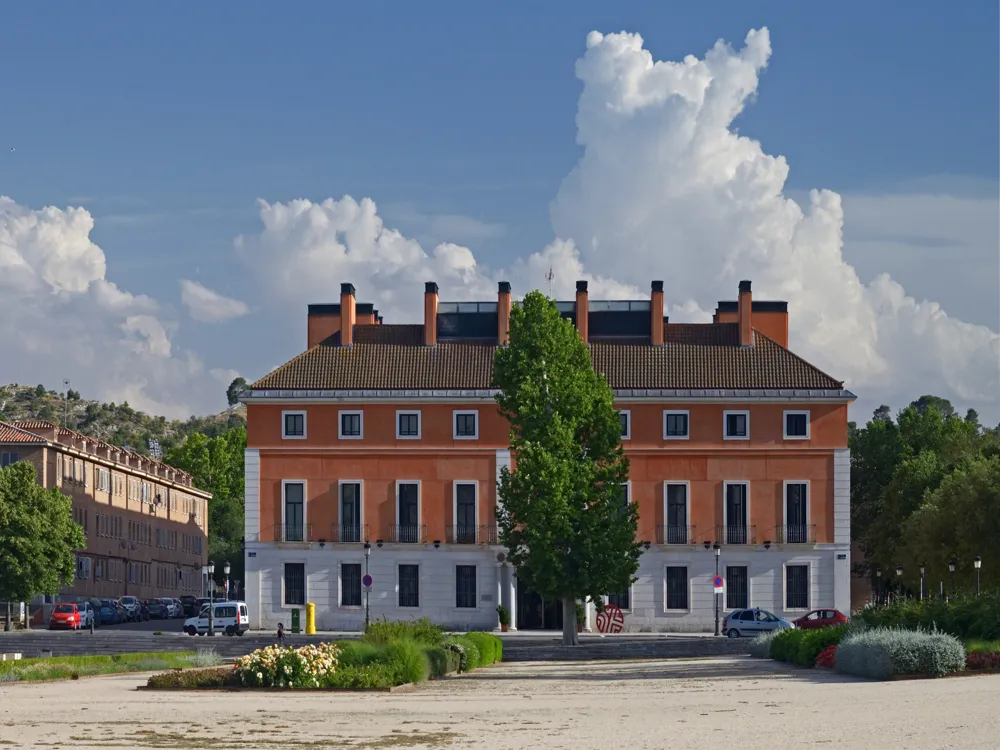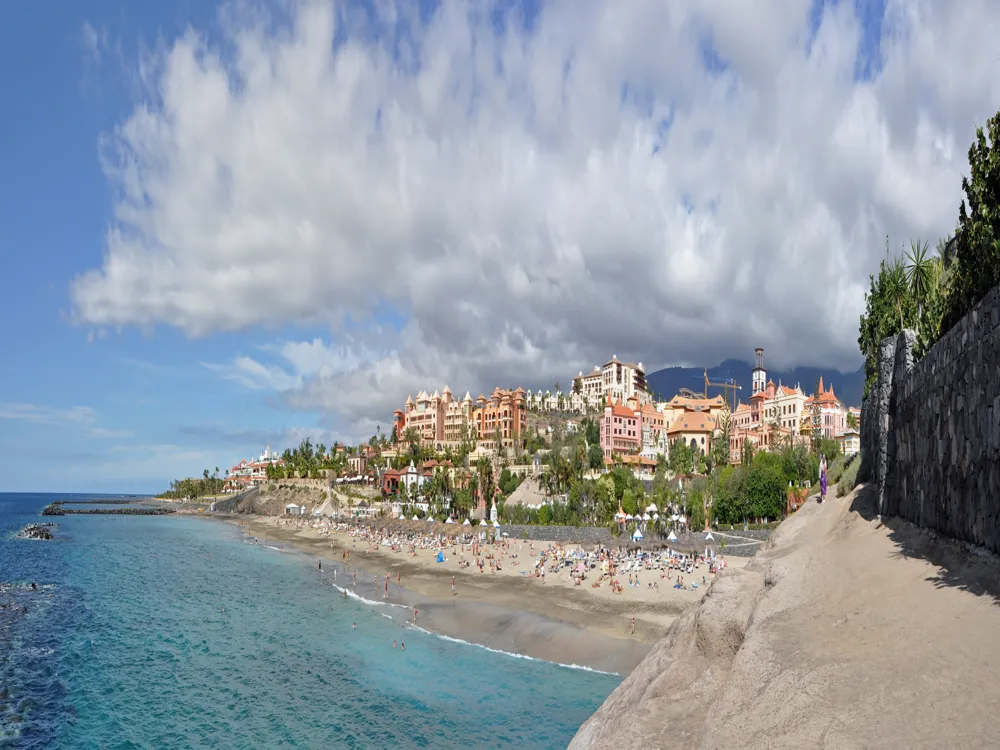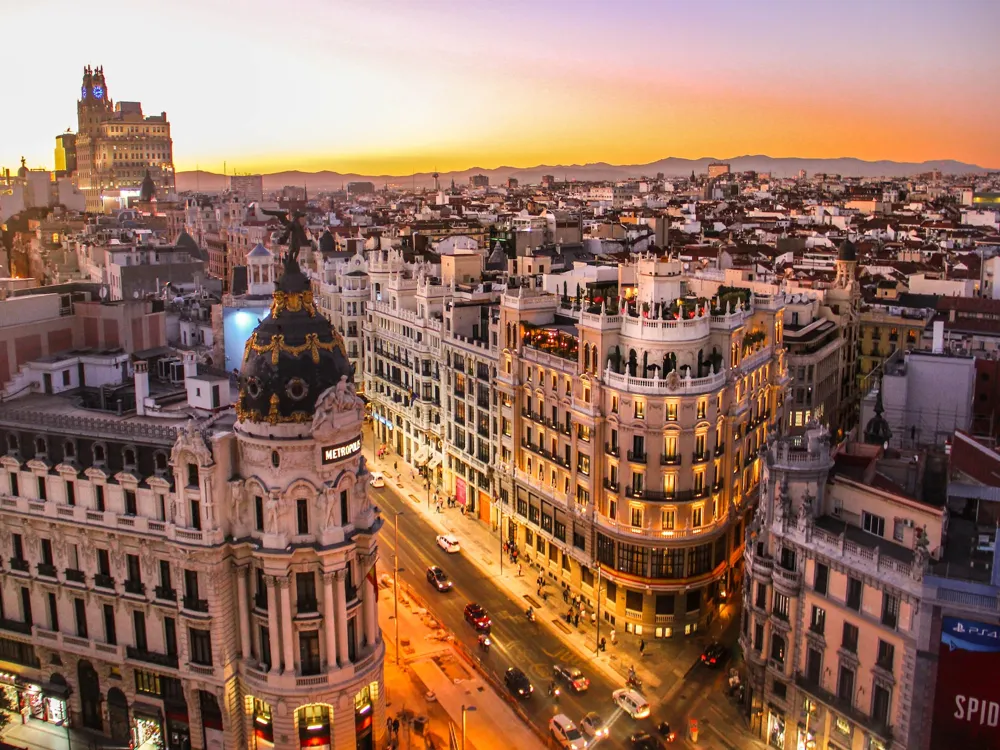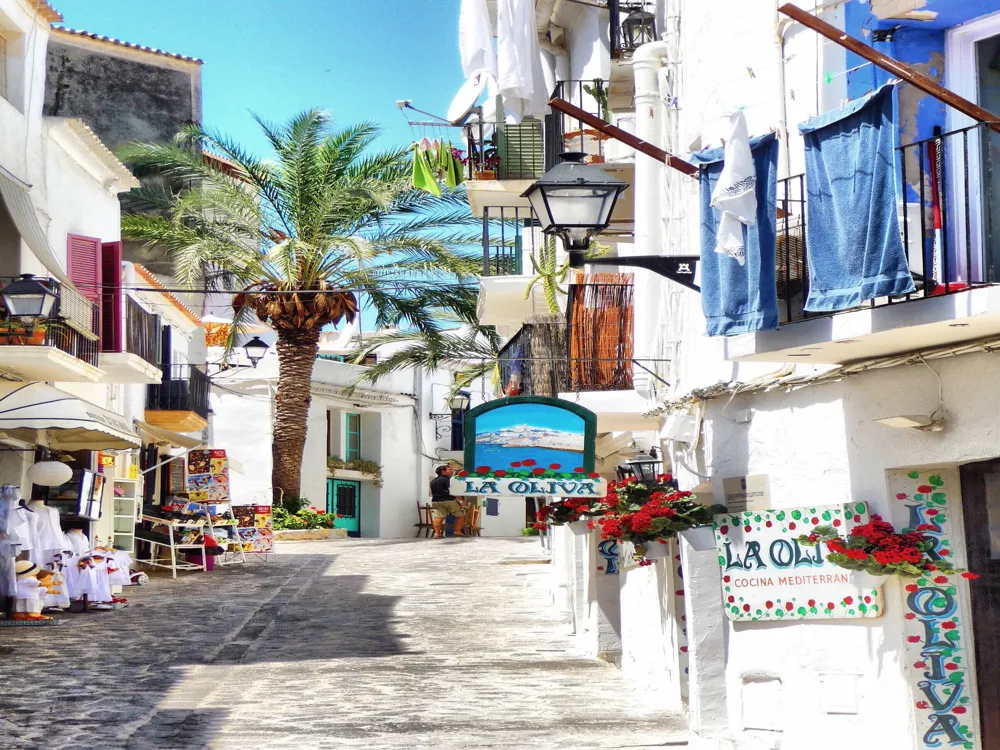What is the Best Time to Visit Spain?
Spain, renowned for its diverse landscapes and rich cultural heritage, offers distinct experiences throughout the year. Understanding the optimal time to visit ensures an enriching and comfortable travel experience.For a plethora of activities, pleasant weather, and fewer people, the spring and early summer (April–June) and autumn (September–October) are the ideal times of year to visit Spain. Spain's climate varies due to its vastness, but generally speaking, you can expect Mediterranean conditions, with bright, sunny summers (and a high tourist season!) and cooler, rainier winters. Which month is ideal for you to visit Spain? It depends on the type of trip you're planning, but the country's rebellious attitude always stays in style.Spain has so much to offer that there is never a bad time to visit; there is always something to appreciate, no matter when you go. Many choose to visit in the early autumn (September–October) or late spring (April–May).
Spain enjoys a year-round, largely dry climate that is considered moderate. Seldom do wintertime lows fall below 50°F. Summertime brings with it a higher stream of European visitors to renowned beach destinations, and it may become very hot, especially in the south.
The north may get quite chilly and damp in the winter, but the south is still very nice. If you are concerned about the heat in the summer, the northern climate makes it a wonderful alternative.
More about the Best Time to Travel to Spain
Exploring Spain revolves around understanding its varied seasons and their impact on travel experiences. Let's delve deeper into Spain's travel seasons to help plan your perfect getaway.Magnificent Everyone has Spain on their list of destinations they hope to see at least once in their lifetime. However, the allure of travelling to a destination such as Spain lies in being aware of the ideal time to go, since weather conditions can vary greatly, particularly based on your itinerary. Make sure the sun is shining brightly if you plan to lay on the beach. It should be cool and lovely outside if you wish to tour the towns and sites.
The type of vacation you enjoy will undoubtedly depend on when you travel to Spain because the country offers a variety of climates.
Travel Peak Season in Spain
From late spring to early autumn, Spain experiences its peak tourist season. Cities buzz with energy, festivals flourish, and the Mediterranean climate ensures warm, sunny days, making it ideal for outdoor exploration.
-
Summer (June to August):
- Summer is the peak travel season in Spain, attracting tourists with warm weather and long days.
- Coastal areas, especially in regions like Costa del Sol and Costa Brava, experience high demand as visitors seek beach vacations.
- Popular cities like Barcelona, Madrid, and Seville see increased crowds during this period.
- Festivals and events are abundant, including traditional celebrations and music festivals.
-
Major Events:
- The running of the bulls in Pamplona (San Fermín) in early July is a major attraction, drawing large crowds.
- La Tomatina in Buñol, a tomato-throwing festival in August, also sees a surge in visitors.
-
School Holidays:
- The summer peak coincides with school holidays in many countries, leading to increased family travel.
-
Mediterranean Islands:
- Islands like Ibiza and Mallorca experience peak tourism during the summer months, especially for beach parties and nightlife.
-
Cultural and Historic Sites:
- Popular cultural and historic sites, such as the Alhambra in Granada and the Sagrada Familia in Barcelona, may have long lines and higher entrance demand.
Travel Offseason in Spain
The offseason, particularly late autumn and winter, presents a quieter ambiance across Spain. While temperatures might be cooler, this period offers a unique opportunity to explore cultural landmarks without the crowds.
-
Winter (November to February):
- November to February is considered the offseason in Spain.
- Cooler temperatures, especially in the northern regions and inland areas, make it less popular for beach vacations.
- Major cities like Barcelona, Madrid, and Seville experience a decrease in tourist numbers.
-
Reduced Crowds:
- Attractions, museums, and popular landmarks are generally less crowded during the offseason, allowing for a more relaxed experience.
- Historical sites like the Alhambra in Granada or the Sagrada Familia in Barcelona may have shorter queues.
-
Lower accommodation prices:
- Accommodation prices tend to be more budget-friendly during the offseason, with discounts on hotels and other lodging options.
- Travellers can take advantage of promotions and deals offered by hotels and tour operators.
-
Winter Festivals:
- Despite being the offseason, Spain hosts various winter festivals and events, particularly during the holiday season. Christmas markets and festivities add a festive atmosphere to cities.
-
Cultural Experiences:
- The winter season provides an opportunity to explore Spain's cultural and historical heritage without the summer crowds. Museums and art galleries may offer a more intimate experience.
-
Mountain and Winter Sports:
- In regions like the Pyrenees and Sierra Nevada, the offseason is ideal for winter sports enthusiasts. Ski resorts attract visitors seeking snow sports without the summer crowds.
-
Mild Coastal Regions:
- Coastal areas in the south, such as the Costa del Sol, may still experience milder temperatures, making them suitable for those who prefer a quieter beach experience.
Spain Weather in Winter (November – February)
During the winter, Spain boasts diverse weather patterns across regions. Coastal areas enjoy milder temperatures, while inland and mountainous regions experience cooler climates. It's a great time for skiing in the Pyrenees or exploring cities adorned with festive lights.
Spain Weather in November
November in Spain marks the onset of cooler weather, especially in the northern regions. Rainfall is common, but it's an excellent time to immerse in cultural experiences and witness autumnal beauty.
Spain Weather in December
December brings festive cheer and cooler temperatures. Cities dazzle with Christmas lights, and the holiday spirit fills the air. Coastal areas maintain milder temperatures, making it an ideal time for coastal getaways.
Spain Weather in January
January in Spain varies from mild coastal weather to cooler temperatures inland. It's perfect for exploring cultural sites, indulging in winter sports, or enjoying quieter cityscapes.
Spain Weather in February
February sees a transition towards spring, with milder temperatures across the country. It's an opportune time for exploring cities, indulging in gastronomic delights, and enjoying cultural events.
Spain Weather in Summers (March to June)
As spring transitions to summer, Spain welcomes warmer weather, especially along the Mediterranean coast. March heralds the onset of spring, with blossoming landscapes and pleasant temperatures ideal for outdoor activities.
Spain Weather in March
March offers a delightful start to spring, with increasing temperatures and longer daylight hours. It's an excellent time for exploring cities, enjoying outdoor cafes, and witnessing colourful spring blooms.
Spain Weather in April
April brings mild and pleasant weather across Spain. The countryside bursts into full bloom, making it an idyllic time for nature lovers and outdoor enthusiasts.
Spain Weather in May
May marks the transition to warmer weather, especially in southern Spain. It's perfect for beach outings, exploring historical sites, and enjoying Spain's vibrant cultural festivals.
Spain Weather in June
June signals the beginning of summer, bringing warm temperatures across the country. Coastal regions experience sunny days, making it an ideal time for beach vacations and outdoor adventures.
Spain Weather in Monsoon (July – October)
The summer months in Spain witness a drier climate, particularly in inland areas. Coastal regions benefit from refreshing sea breezes, offering respite from the heat.
Spain Weather in July
July in Spain signifies warm temperatures, especially in the southern and central regions. Coastal areas remain popular for beachgoers seeking relief from the summer heat.
Spain Weather in August
August is characterised by hot and sunny weather across Spain. It's a favoured time for beach vacations, water sports, and outdoor activities along the coasts.
Spain Weather in September
September brings mild temperatures as summer wanes. It's an excellent time for cultural exploration, sightseeing, and enjoying outdoor activities before the cooler months.
Spain Weather in October
October marks the transition to autumn, with pleasant temperatures and vibrant foliage. It's an ideal time for exploring cities, hiking trails, and experiencing Spain's cultural richness.
conclusion
In conclusion, determining the best time to visit Spain depends on your preferred activities and climate preferences. For those seeking warm beach days and lively festivities, the summer months from June to August are ideal, though popular tourist destinations may be crowded. Spring (March to May) and fall (September to October) offer pleasant temperatures and fewer crowds, making them excellent choices for sightseeing and outdoor activities. Winter, from November to February, is suitable for those interested in cultural exploration, particularly in southern regions with milder temperatures. Ultimately, the best time to visit Spain varies based on individual preferences, with each season presenting unique opportunities to explore the rich diversity and vibrant culture of this captivating Mediterranean country.
What is the best time to visit Spain?
The best time to visit Spain depends on your preferences. Generally, spring (March to May) and fall (September to November) offer pleasant weather and fewer crowds. However, summer (June to August) attracts tourists seeking beach vacations, while winter (December to February) is ideal for enjoying cultural experiences and cooler temperatures.
Do I need a visa to visit Spain?
It depends on your nationality. Citizens of some countries within the European Union and Schengen Area might not require a visa for short visits, while others may need to apply for a Schengen visa. Check Spain's visa requirements based on your nationality before traveling.
What are the must-visit places in Spain?
Spain offers a diverse range of attractions. Some must-visit places include Barcelona for its architecture, Madrid for its museums, Seville for its cultural heritage, Granada for the Alhambra, Valencia for its vibrant culture, and the beaches of Costa del Sol or Costa Brava for coastal relaxation.
Is it safe to travel to Spain?
Spain is generally safe for travelers. However, exercise common safety precautions, be vigilant in crowded areas against pickpocketing, and follow local guidelines and advice, especially in tourist hotspots.
What is the currency in Spain, and can I use credit cards?
The official currency in Spain is the Euro (€). Credit cards are widely accepted in most establishments, but it's advisable to carry some cash, especially in smaller towns or markets.
What should I pack for a trip to Spain?
Pack according to the season of your visit. Light clothing for summers, comfortable footwear for walking, and layers for cooler evenings or seasons. If visiting historical sites or religious places, modest clothing may be required.





_-_Panorama_View_Down_on_Larger_entrance_building_1903_Smaller_entrance_building_&_Main_stairs_(Parc_Guell)_01jpg.webp)

















